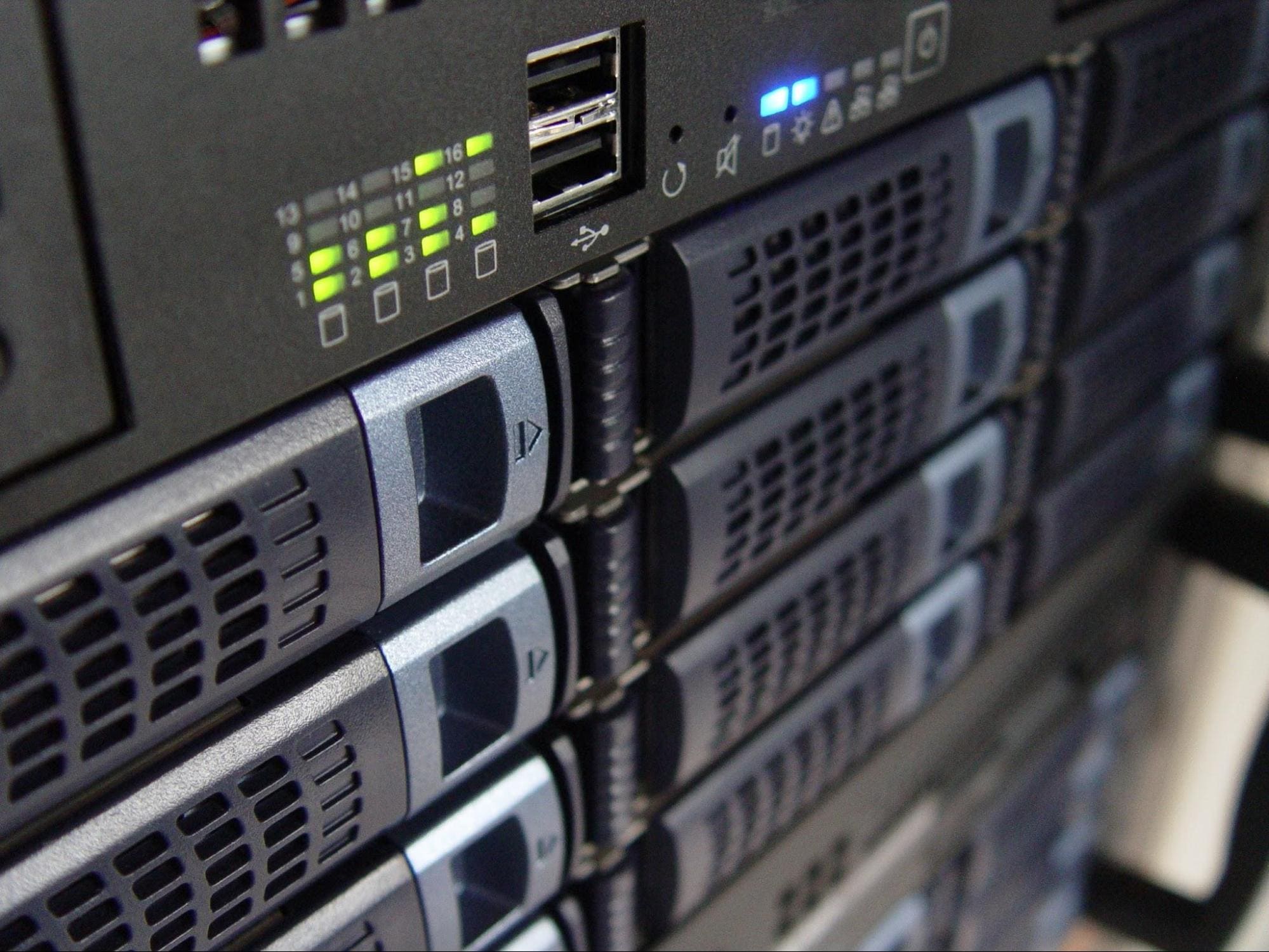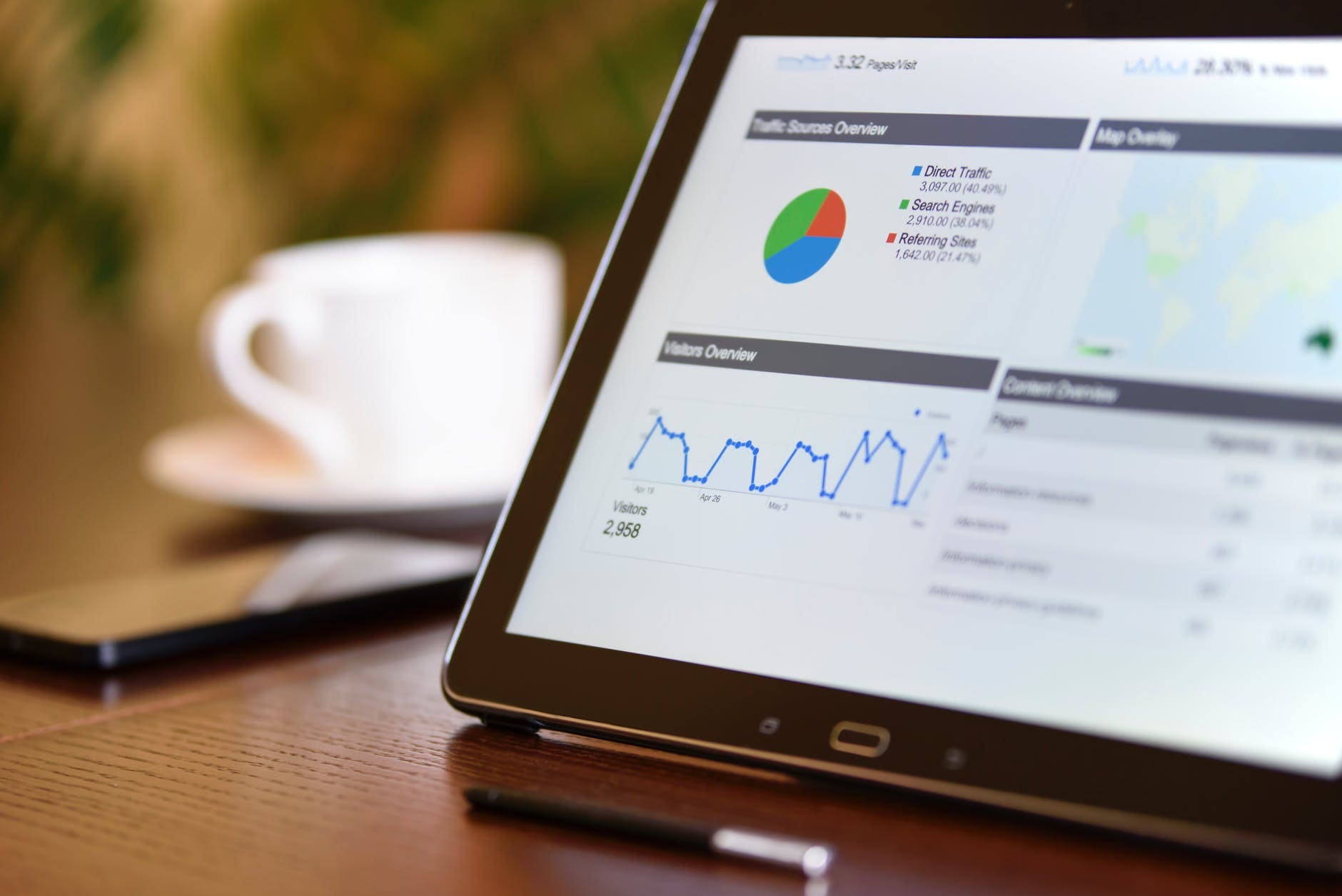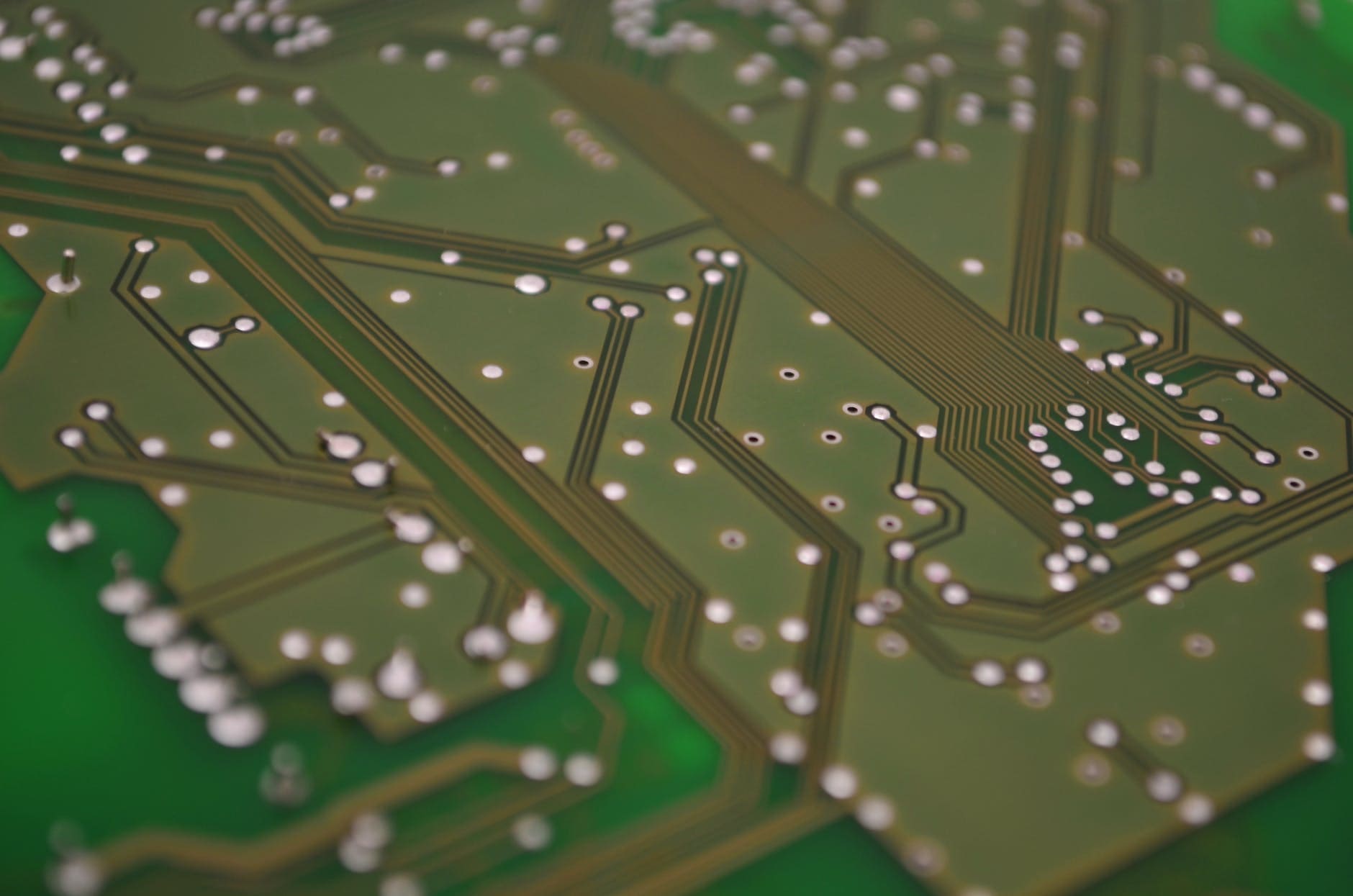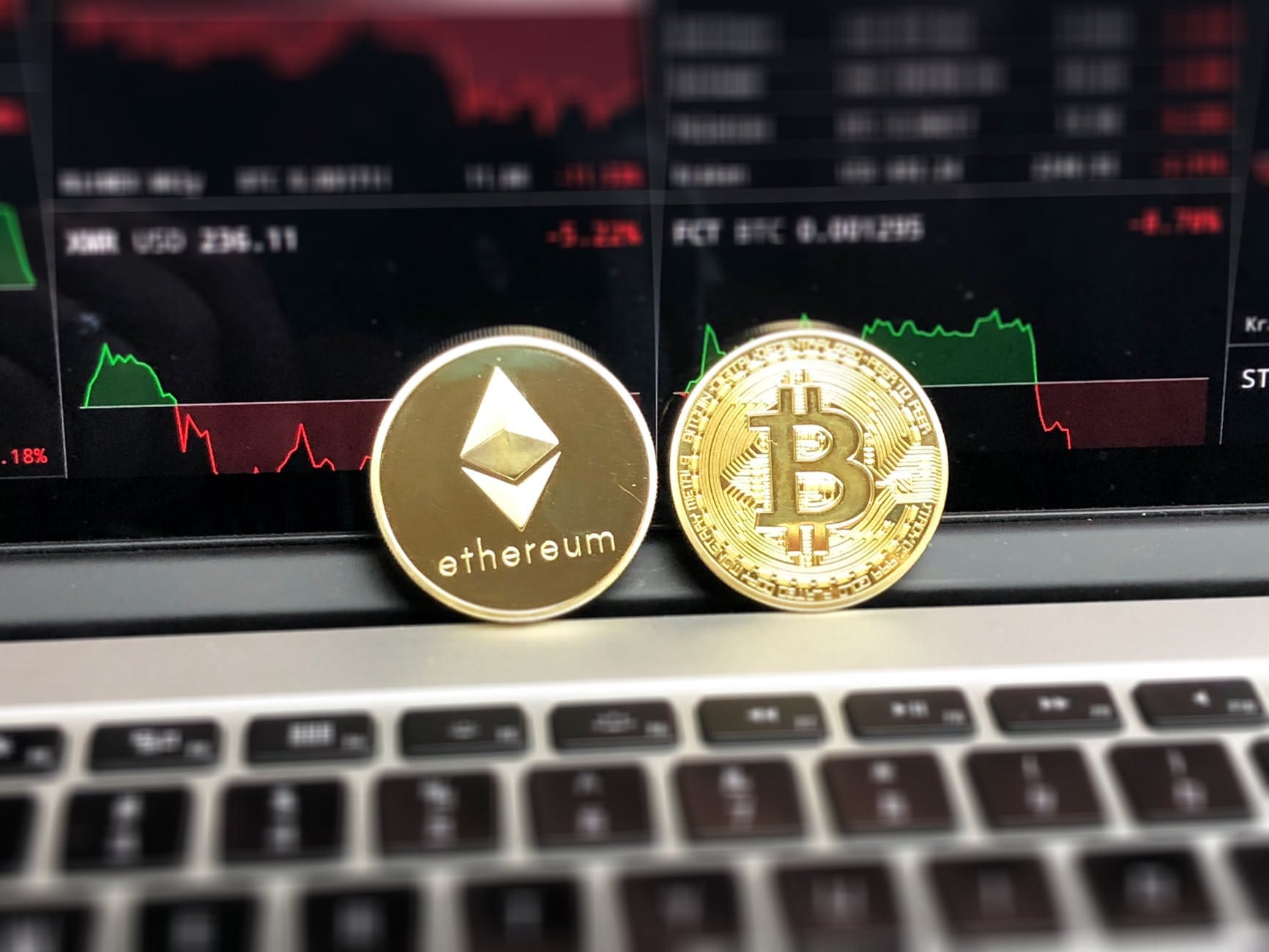Are You Ready for These World Changing Technologies In 2023?
Buckle up, because the coming year will usher in a number of absolutely world changing technological advancements in industrial manufacturing.
These trends have to potential to revolutionize the way business is conducted across the globe and the way we as individual interact with businesses. Beginning with the very tools we use to buy things, entertain ourselves, and keep track of our lives, these technological trends for 2018 will change everything about how we use our gadgets and the systems which operate them.
The Internet of Things

A recent issue of Forbes lists a number of “mega-trends” for the coming year and beyond. One coming trend of particular interest is what is commonly called the Internet of Things (IoT).
The IoT is made up of connected devices together with the data these devices both collect and generate. And it’s no longer just smartphones and computers. Hydraulic presses, parts washers, pneumatic conveyors— just about everything is being linked to the internet and each of these things can and will be synced to each other.
There are over 8 billion “things” connected to the internet at this time. This is a 30% increase over the previous year, and the number is only going to increase and it will increase exponentially as the number of things that can be linked to the internet increases.
As Forbes reports, essentially anything can be wired for the internet these days. It’s
estimated by 2020 a quarter of a billion cars will be linked to the internet. All of these can and likely will be synced to every other electronic device a person owns. The data from linked and synced automobiles can be used to send messages to drivers about mechanical problems and maintenance issues. The data from the car be linked to manufacturer databases and so on in industries such as forgings, magnets, and carrying cases.
Imagine yoga mats which track your progress or electronic music systems which are synced with every other entertainment device so that each begins to predict what we want and offer it before we think of it. It is a seemingly limitless set of possibilities which, again, continues to generate more possibilities.
Beyond the implications for personal use, the IoT will find continue to find its way into areas such as medicine. Anyone with an electronic heart monitor, for example, can be connected with health care professionals so that real-time data can be monitored and potentially life-saving information can be processed through power cords and membrane switches.
In the coming year and beyond, everything will be linked together.
Analytics

Another world changing trend in technology is in data analytics. As a growing technology, analytics works in tandem with the IoT. The massive amount of data generated by the IoT was until recently unmanageable. There was just no way to use this much information in a way that was effective.
However, recent developments and technological advances have made this data into something much more usable. This data now runs in what are called “data rivers” and data lakes.” We are talking about data on the level of petabytes- that is one million gigabytes. Using big data tools like Splunk, this data can be mined, organized, and acted on appropriately and used in industrial supply, ceramic manufacturing, and bulk material handling.
The uses and benefits of this data for marketing and business are fairly obvious. Using predictive analytics tools, companies can cull massive amounts of data and then predict the kinds of things consumers are going to want even before these things are actually on the market from load cells to electronic enclosures to environmental chambers.
But beyond selling things, one airplane manufacturer is using predictive analytics synced with sensors built into planes to assemble data so they could predict when mechanical failures were likely in their airplanes. These are life-saving technologies.
The various forms of data analytics which are growing and will continue to grow are too numerous to name them all, but one more example that’s tied to the IoT is stream analytics, in which data from vast and disparate sources can be filtered, aggregated, and enriched for flow instrumentation and plastic molding.
What this means is that all that data coming in from synced “things” can be processed in real time or near real time and transformed into useful information. In short, the disparate forms of mass data are directed into categorized and unified streams which can then be “harvested,” for lack of a better word. All of this can be utilized for a number of applications. Stock trading analysis, fraud detection, and web clickstream are all processes which use steam analytics and will be used in many manufacturing industries such as rubber molding, material handling equipment and plant and facility equipment.
Artificial Intelligence (AI)

Another important technological trend is artificial intelligence. As AI increases in sophistication, it spreads into more and more areas. Siri, Cortana, Alexa, and other digital assistants are becoming quaint in comparison to some of the advances expected in AI.
The proliferation of intelligent apps working between people, electronic devices (and devices soon to be electronic), and the commercial and information systems which drive these apps are laying the ground for “virtual customer assistants.” These are AI systems go far beyond responding to voice commands and questions and actually anticipate needs based on the data links built into the apps and devices which run parts washers, ultrasonic cleaners, vacuum cleaners, and dust collectors.
Underlying AI technology are a list of related emerging technological fields. At the top of this list is deep learning technology, which utilises and learns from images, audio, and text data. Because this technology “learns” from this data, it is capable of predicting and providing information when it is necessary.
This technology can then predict emerging trends and problems and respond with solutions and answers.
Digital Twins
As if to bring all of these advancements and trends together into one system, Gartner predicts a growing use of digital twins. Simply put, digital twins is a virtual system which mirrors the real-world systems of the IoT.
A digital twin is a virtual model of a product, system, or service. By operating the digital twin and using the emerging technologies of AI, every potential use and problem can be run in the virtual realm before it is encountered in the real-world.
Problems, issues, and new ideas can be handled in a virtual, digital twin environment as a model of what people, businesses, and other sectors may need and want. The digital twin runs models and anticipates problems well before these problems develop. As of now digital twins have already become an essential part of business models, but applications in science and other sectors are developing as the technology grows.
Blockchain

Gartner also spotlights blockchain as one of the most important technological trends of 2018 and beyond. Even as they mention the popularity of bitcoin, Gartner predicts the rise of blockchain as the most important technological advancement in the financial sector.
Among many reasons why blockchain is appealing is that it lends transparency to business practices. Every aspect of blockchain can be verified so that supply chains and sources are made easily available to consumers. This is a major market appeal for consumer brands. As consumers become increasingly aware (and demanding) with respect to things such as fair trade, blockchain offers a major selling point especially in commodity business like plastic bags, paper tubes, plastic tubing, and industrial fasteners.
Because blockchain can be decentralized, it has the potential to disrupt traditional banking and financial systems. Thus, blockchain is a technological force which the banking and financial sector must reckon with or face problems they cannot control.
Since the financial transactions are easily tracked and kept in virtual “ledgers,” blockchain has the potential simplify and revolutionize international banking systems, while it poses a danger to centralized systems which ignore its potential.
The revolutionary technology built into blockchain has the potential to “make businesses that focus on facilitating financial exchanges largely unnecessary.” The potential to revolutionize and disrupt makes blockchain a technological trend which cannot be ignored.
Conclusion
This list of world changing technologies that are emerging in 2018 is long, and many of these technologies are interdependent on one another. As one feature of data management, for example, makes strides, every other technological sector grows in lock step.
As we can see, the IoT seems of operate as a blanket technological tissue of systems which all give rise to advancement in areas like AI and data management. The financial and business sector often leads the way on these areas, but consumer demand and areas such healthcare flourish right along with the market advances and trends and will help solve air pollution control issues.
 Castings & Forgings
Castings & Forgings
 Bulk Material Handling
Bulk Material Handling
 Electrical & Electronic Components
Electrical & Electronic Components
 Flow Instrumentation
Flow Instrumentation
 Hardware
Hardware
 Material Handling Equipment
Material Handling Equipment
 Metal Cutting Services
Metal Cutting Services
 Metal Forming Services
Metal Forming Services
 Metal Suppliers
Metal Suppliers
 Motion Control Products
Motion Control Products
 Plant & Facility Equipment
Plant & Facility Equipment
 Plant & Facility Supplies
Plant & Facility Supplies
 Plastic Molding Processes
Plastic Molding Processes
 Pumps & Valves
Pumps & Valves
 Recycling Equipment
Recycling Equipment
 Rubber Products & Services
Rubber Products & Services